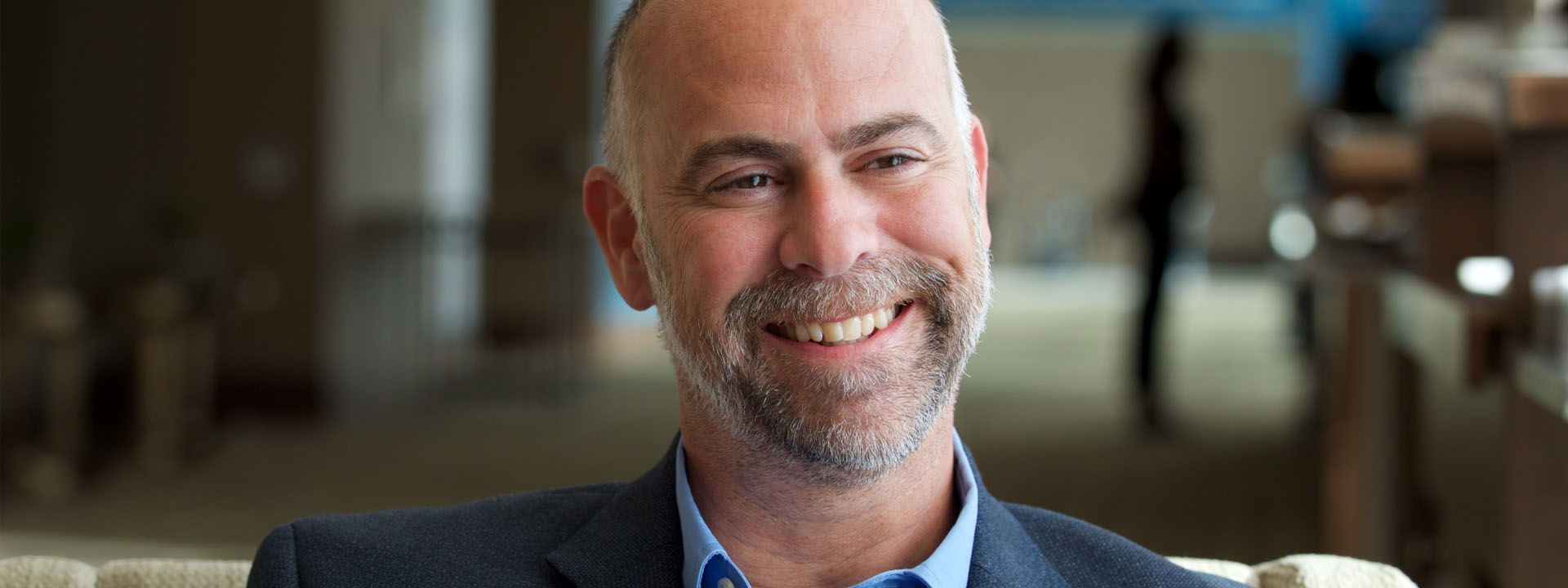Something was off. Rob Headman’s wife Dee just wasn’t feeling right. Her stomach hurt. She was short of breath and had pain in her chest and back. After two days without meaningful improvement, Dee realized that she needed to see the doctor. She looked at Rob and said, “I think I need to go to the hospital.”
As Channel Alliance Manager for Surescripts, Rob Headman is no stranger to healthcare and its intersection with technology. But a recent experience with his wife Dee opened his eyes to the challenges we’re working to overcome.
Dee sought treatment at her local hospital—where she also works as an ultrasound technician—and went through a battery of tests, including MRI scans. These tests led to a diagnosis of portal vein thrombosis, or PVT, from a clot in the blood vessel running from the intestines to the liver. PVT can be life threatening.
She would need to go to another hospital for treatment, immediately, by ambulance.
“We assumed my wife’s records would go with her. But then the care team started pulling out CDs of her MRI scans, which can’t be read on another machine.”
As Rob and Dee packed up for the move to the second hospital, they assumed that Dee’s medical record and tests would be forwarded electronically. Then a member of the care team began to pull out physical compact discs, which Rob hadn’t seen since the 1990s.
“I’m sure your system can handle this,” Rob said, referring to the hospital’s electronic health record (EHR) software, which he knew the care team could use to send his wife’s records to the other hospital electronically.
But that’s not what happened.
Ultimately, there was no data transfer from one hospital to the next, other than the physical paper charts and CDs. These came along for the ambulance ride on Dee’s lap. And when she was admitted to the second hospital, the new care team said that they couldn’t do anything with the CDs because the scans couldn’t be read on their machines.
“We have to rerun every test,” they said.
Despite the technological hiccups and duplicative testing, the story has a happy ending: Dee was given the medication she needed and did not get any worse. Thankfully, the episode is now behind her—and behind Rob, which often makes him think about the future of healthcare and the patient experience.
Rob’s Vision for the Future
- Patients will have a better healthcare experience overall, knowing their provider has electronic access to their complete medical records at any time.
- Clinicians will see their patients’ medical records and have 100% trust in their accuracy and reliability, even when the records arrive from an outside prescriber or pharmacist.
- The electronic medical record of the future is inherently portable, which will make paper charts and MRI scans on CDs relics of the past.
Rob’s vision—one of interoperability in which information flows easily across systems—is more than possible. Today, more than 137,000 clinicians from 23,414 organizations use Record Locator & Exchange to locate medical records regardless of care setting and EHR, and in 2020 alone, they shared 426 million links to clinical document sources.
Read more about how we're enabling healthcare professionals to share and access information anytime and anywhere they need it for patient care.


 Dean Riggott Photography
Surescripts
Dean Riggott Photography
Surescripts






